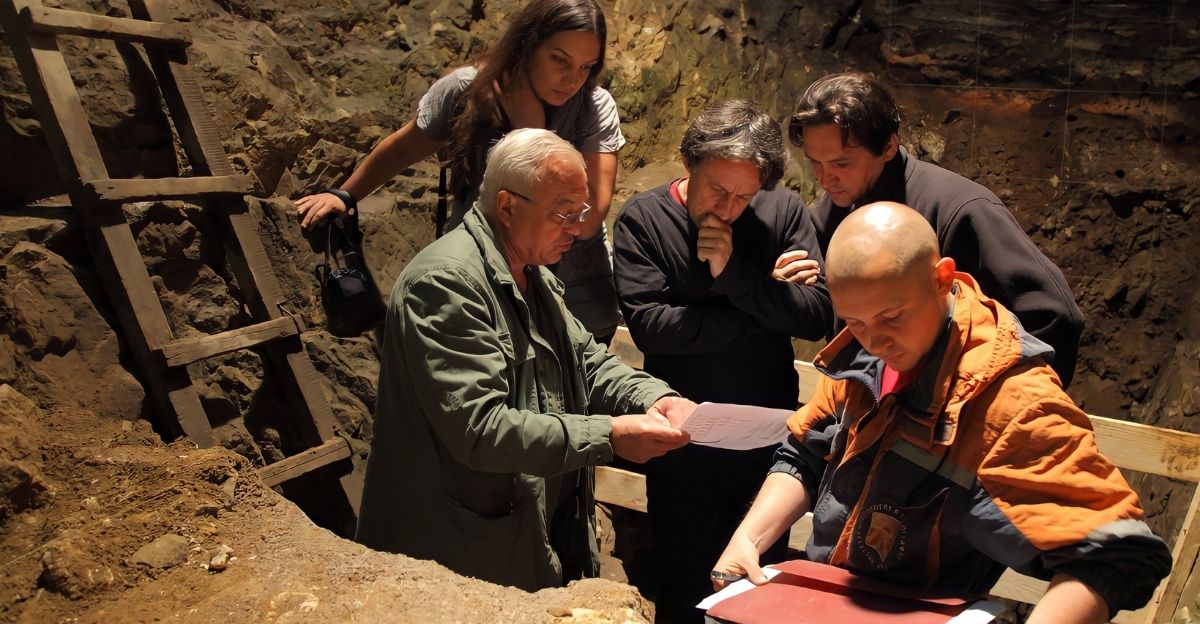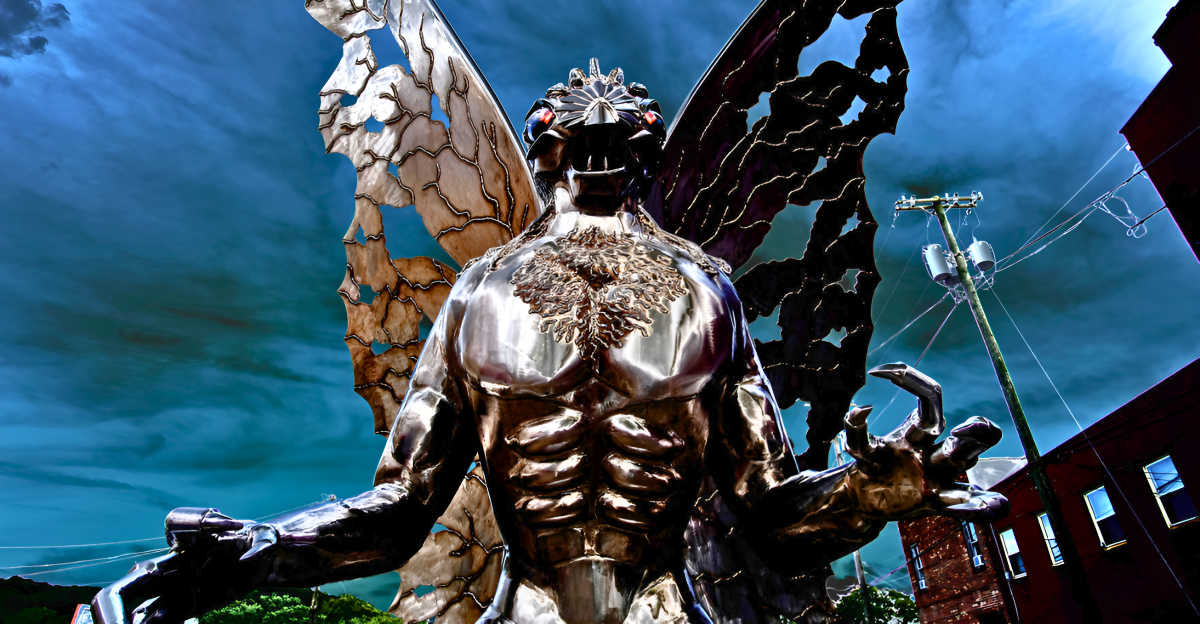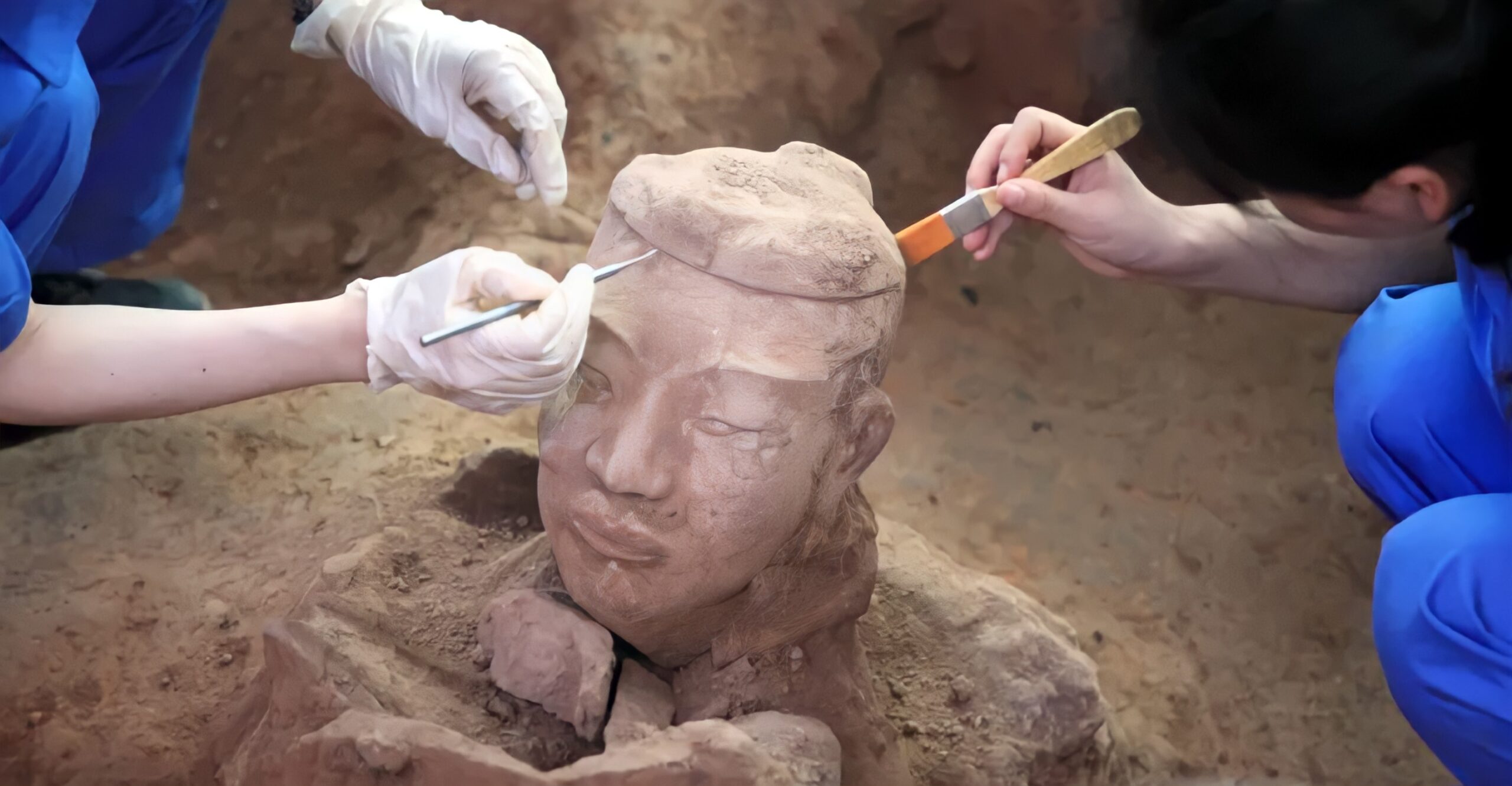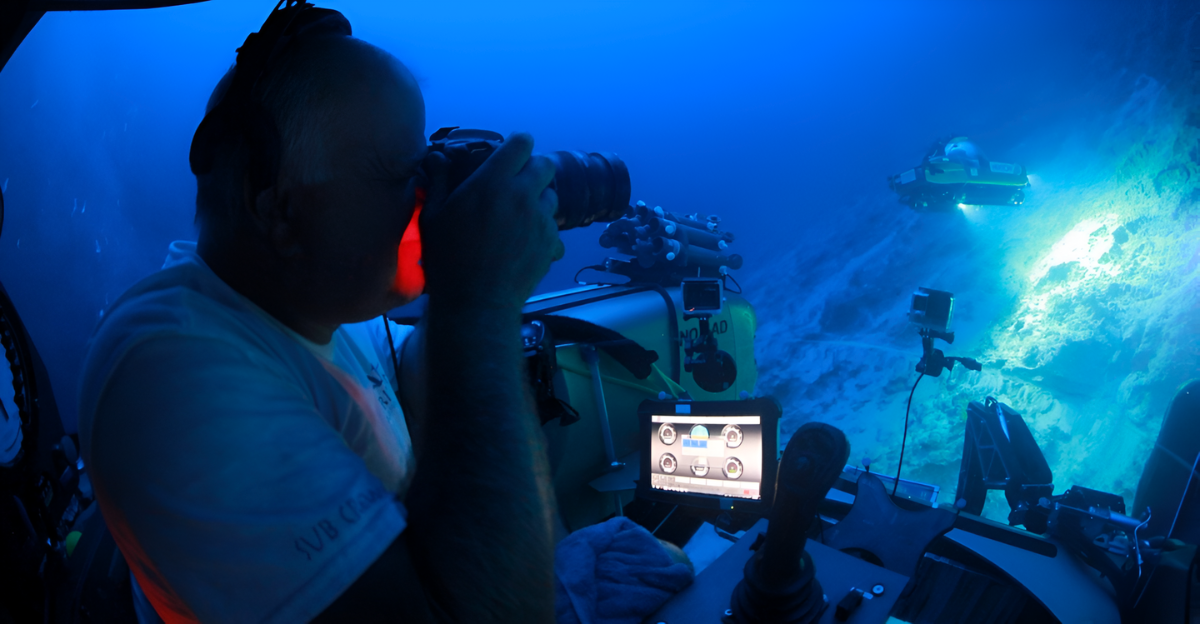
Scientists’ hard work has recently paid off after extensively studying a humanoid skull from the prehistoric era. The skull was shockingly unique, prompting it to be nicknamed “Dragon Man.”
A breakthrough has finally been made nearly 100 years after it was first uncovered in Harbin, China. It gives us a window into a group only found as fossil fragments and DNA, which could change established notions about human evolution.
The Dragon Man

The peculiar skull was found in 1933. The person who found it was worried it would be taken away, so they hid it in a well. It wasn’t until 85 years later, in 2018, that the fossil reemerged in the public eye, when the family of its discoverer decided to donate it for research.
At first, scientists thought its unique anatomy made it an entirely new species; however, this was a mislabeling, and it would take another seven years to discover the truth through extensive study.
The Unique Properties Of The Skull

Any scientist who looks at the skull will see what makes it unique compared to other remains of prehistoric human precursors found. The skull has large eye sockets, a wide nose, a prominent brow, a long, low braincase, and an overall substantial size.
Through this anatomy, scientists could hypothesize that it belonged to a large human relative different from other discoveries.
A Modern Breakthrough

Many scientific studies aimed at cracking the skull’s origins failed, as the bone material and teeth didn’t yield any new breakthrough. However, analyzing the dental plaque that was still present had surprising results.
Subsequently, ancient genetic material was found, and through cutting-edge technology, scientists could finally reconstruct the mitochondrial genome. This meant that, for the first time, the skull could be linked to Denisovans.
The Denisovans

The Denisovans are a group with few fossil records. They were discovered through genetic traces found in modern humans and fragments of bone unearthed.
The first fossil linked to them was a finger bone, which occurred only 15 years ago in Siberia. Up until now, the little fossil evidence, which was hard to sequence, meant that little was known about the group.
Where And When They Lived

The Dragon Man skull has led to more insights on the ancient population, placing the skull in Northeastern Asia up to 217,000 years ago. The last evidence suggests they were present until just over 100,000 years ago, meaning that they would have overlapped with early modern humans and
Neanderthals, explaining the traces of their DNA found in modern populations. The Denisovans would have had a large territory, from Siberia to Southeast Asia.
Changing Previous Notions

The skull has further given scientists a better idea of Denivosans’ typical physical characteristics. They would have been imposing compared to other populations and could weigh up to 220 pounds.
While previous notions put Neanderthals as the biggest hominids of their era, this new evidence puts Denisovans as possibly larger. They would have been adapted to harsh environments with notable traits like large jawbones and teeth.
A Debated Topic

The Dragon Man skull was a contentious fossil for many years, with scientists split on its classification. Initially, many researchers thought the skull was an entirely new species called Homo long, while others suspected it could be linked to Denisovans.
However, there was little evidence of this connection until recently. The breakthrough has finally identified the skull as Denisovan and provided previously out-of-reach insights.
Implications On Human Evolution

Researchers finally settled the debate, and important implications have been found on human evolution. The Denisovan fills a gap in the human family tree with new evidence on how ancient hominins may have lived and what they would have looked like.
Denisovans would have interbred with early modern humans and Neanderthals, meaning that multiple groups of diverse people would have lived together in Eurasia.
The Future For The Skull

While the skull’s genetic code has finally been cracked and has already offered critical insights into human evolution, the story of the Dragon Man skull won’t be laid to rest just yet.
As more research is conducted on the skull, scientists can leverage it as a reference when looking at other ancient remains that have been previously discovered and perhaps misidentified. As researchers work hard, each discovery contributes a piece of the puzzle that is our history.






